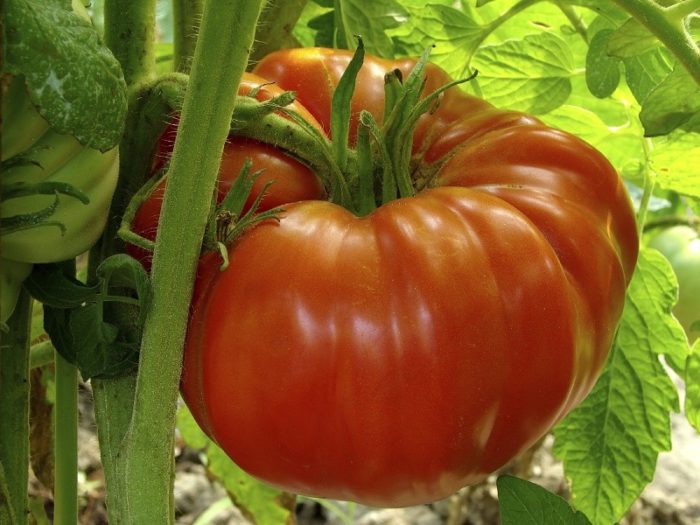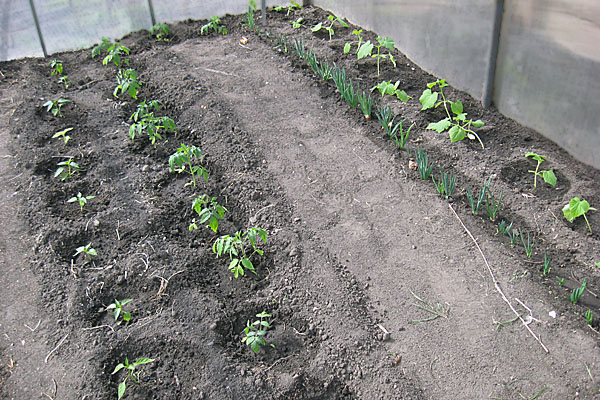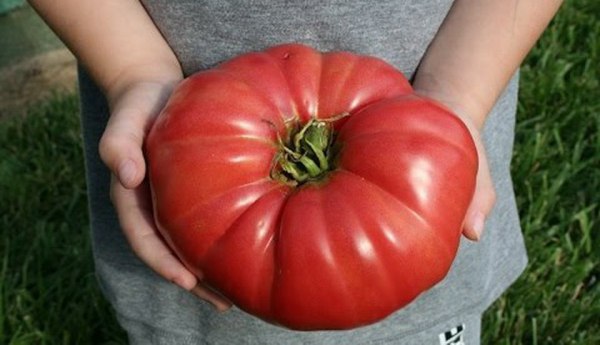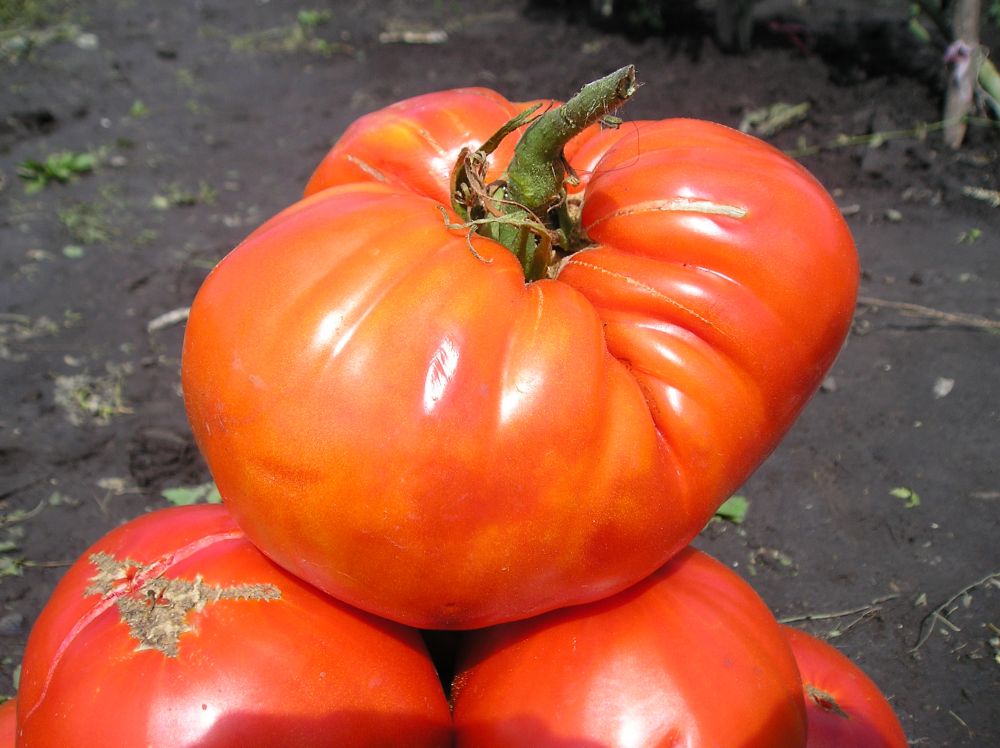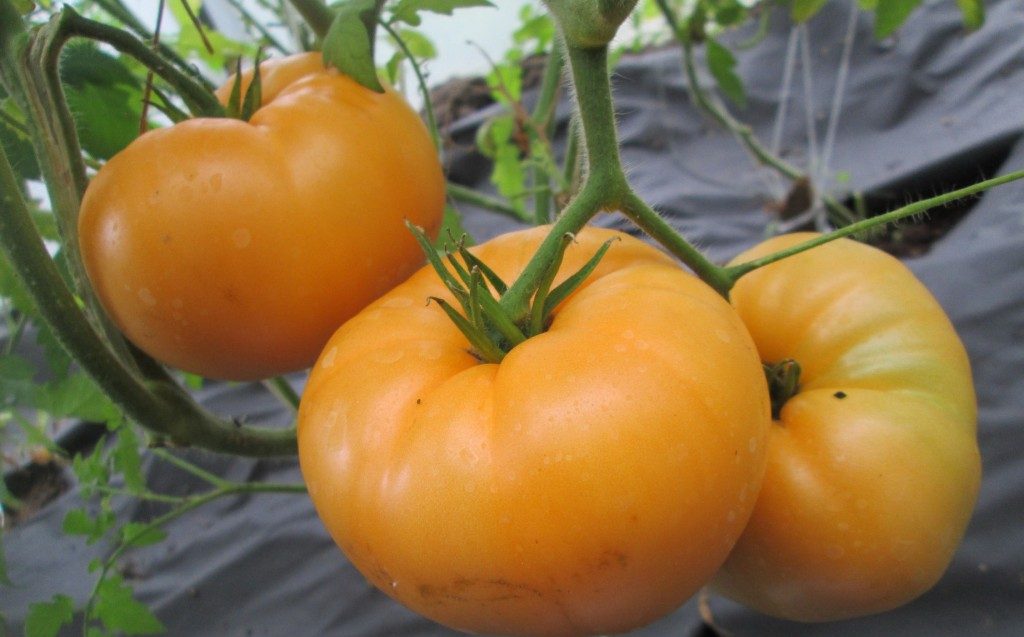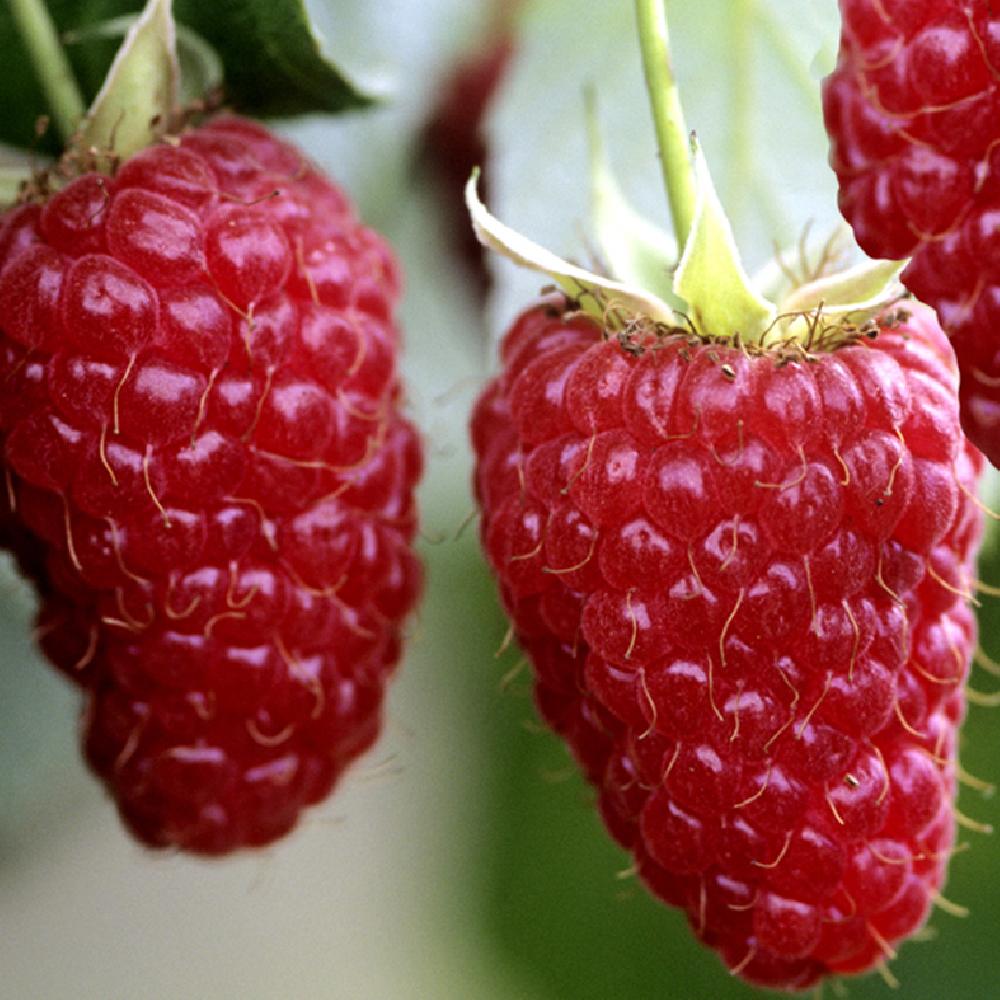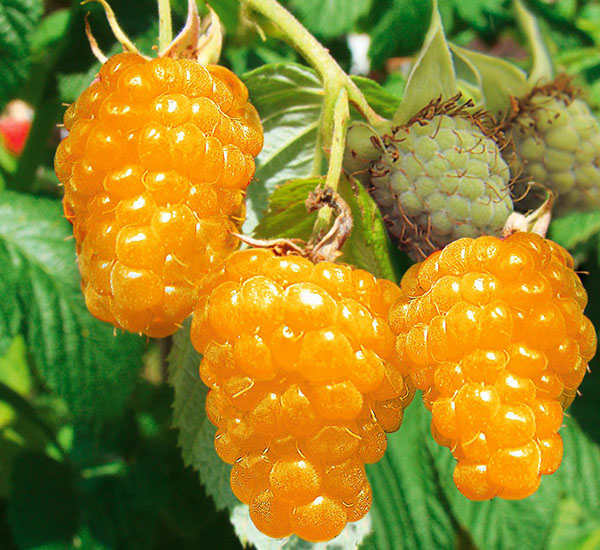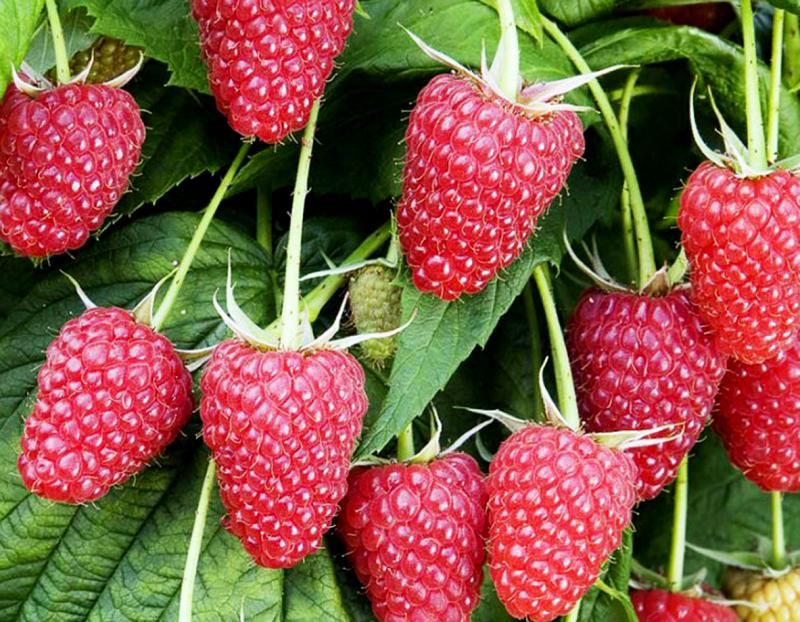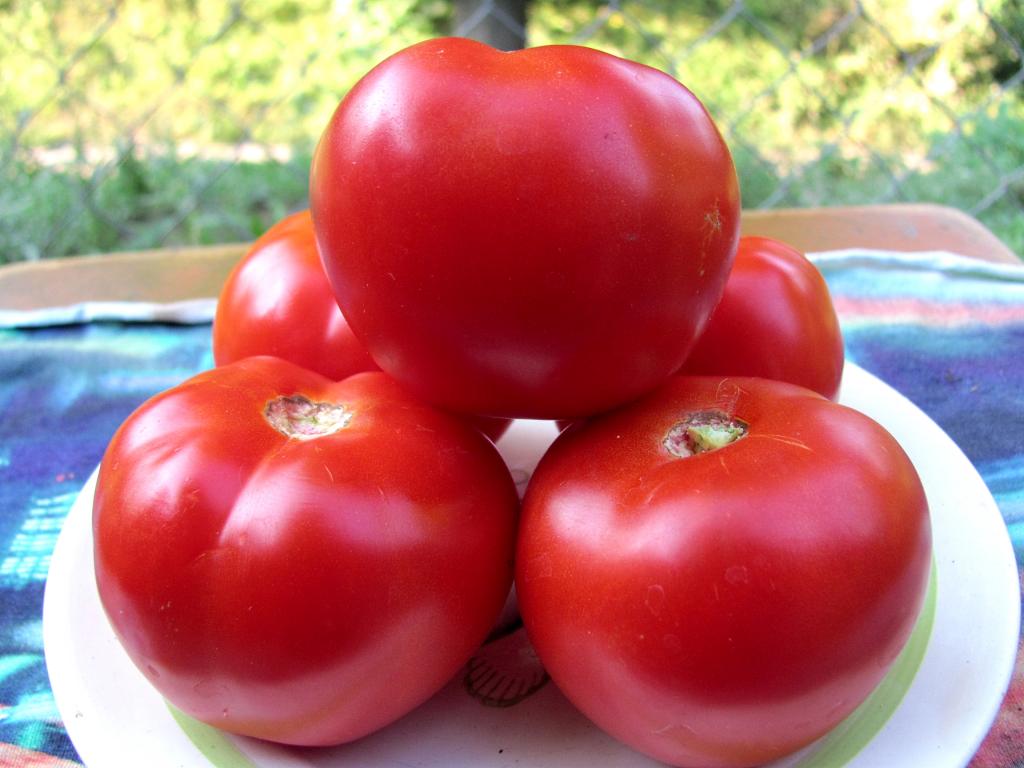Content:
Tomatoes today are a popular crop and are grown everywhere. Breeders around the world are breeding new varieties with different flavors, sizes, shapes and colors of fruits.
One of these creations was the giant tomato. This species is divided into several subspecies. The people call it the Giant tomato, because of its large size.
Characteristics of the giant tomato
This is a mid-season tomato variety with very large fruit sizes. Most often grown in seedlings. Ripening period - from 118-135 days, depending on the variety and climatic conditions.
It has several mid-season species, distinguished by color:
- Honey. It is an indeterminate variety most commonly used for salads. Fruit weight - up to 400 gr. They are large, sweet, with a tough skin, good for storage;
- Giant Novikov - intended for greenhouse cultivation. The height of the bushes reaches 2 meters. Fruit weight - from 400 gr. One bush can be harvested 10 kg;
- Orange. Reaches 80 cm in height, but produces fruits weighing 300-600 grams. One bush produces 10-12 kg;
- Pink. Produces fruits weighing from 4 to 8 kg per bush. The average weight of one tomato is from 300 to 800 gr. The growth of one plant is up to 2 meters;
- Crimson. Determinant variety, not standard, with spreading branches, growing from one meter to two. Fruits of irregular shape, bright crimson color, weighing from 300 to 500 grams. Has a thin skin, not resistant to cracking. Ripening period - from 105 to 110 days. The yield is high, from 6 to 10 kg per plant. The people call Mary;
- Citric. Indeterminate, tall variety, medium ripeness, with high productivity. The bush grows up to 2 meters, produces 7-10 fruits with a weight of 500 to 700 grams. Tomatoes are deep yellow;
- Siberian. A mid-season type of Giant tomato with a two-meter stem and fruits weighing 600 grams. Resistant to temperature changes, therefore it is called Siberian. Was brought out by Tamara Yashenko.
The characteristics and description of the Gigant tomato varieties practically do not differ from each other. All these are tall, spreading plants that give large, fleshy tomatoes.
Tomato Red giant characteristic and description of the variety:
- Determinant variety. Stops growing after 5 brushes are tied;
- The bush grows up to 1.5 meters. Requires shaping and garters;
- Ripening period - 110-115 days;
- Large-fruited. The weight of one tomato is from 300 to 600 gr.;
- High-yielding. Gives 10 kg of tomato per plant;
- Resistant to temperature extremes, both during growth and storage.
Agricultural technology of cultivation
Regardless of the variety of this tomato variety, the cultivation technique will be almost the same.
It is best if the growing method is seedling. Seeds for seedlings are pre-soaked in salt water (thus eliminating bad and empty ones), then dried. They should be planted in containers from February 15 to March 15 (for subsequent cultivation in a greenhouse) and March 15-31 (for growing in open ground without covers).
The maturation of seedlings for transfer to a greenhouse or outdoors is from 40 to 60 days, depending on how they develop and what conditions are created for their growth.
Seedlings of the Giant tomato variety are best removed in ordinary soil, but it must be disinfected and fertilized in advance. Then moving it to the garden will be easier.
Seedling seeds are immersed in the soil 1-2 cm deep and are not watered.
As soon as the sprouts have sprouted, they need to provide a lot of sunlight and daylight and additional lighting with lamps. Watering the seedlings should be organized in the morning, but only in appearance that the ground is dry. Keep the room temperature at +28 ° С.
A week or two before transferring the seedlings to the garden, you need to start hardening it by opening the window and taking it out into the fresh air.
Top dressing of seedlings is carried out with purchased fertilizers at the time of watering. It is better to feed seedlings with mineral and organic fertilizing.
Fertilize seedlings with mullein or chicken droppings when they grow in ordinary soil.
The seedlings move into the soil with the soil from the container. The hole in the soil is fertilized with manure in advance and filled with water, then a tomato bush is placed and sprinkled with earth. At first, do not water and weed.
After the culture has taken root in the soil, it must be cultivated and watered. This is done by loosening the soil, mulching (to eliminate parasites).
Adult tomato plants must be treated against parasites with special preparations or folk solutions.
Also, the bushes need to be shaped so that they do not grow very densely, otherwise the fruits will have little light, and the branches will break each other.
Advantages and disadvantages
Giant tomatoes are a variety that speaks of the size of their fruits by their name. But some growers doubt its other qualities.
Giant Tomatoes Benefits:
- Good yield (large fruits, 10 kg of tomatoes from one bush);
- Resistant to diseases;
- It tolerates temperature changes and lack of moisture;
- It has a firm skin and keeps well.
The lack of giant tomatoes is more care due to the fact that the bush grows large and branchy (branch formation, additional strong supports and garters).
According to the reviews of vegetable growers in the Moscow region, the fruits of this species can hardly be called tomatoes or tomatoes. Among experts and amateurs, this tomato is called Gigantella or Giant. It absolutely justifies its characteristics and gives fleshy juicy large tomatoes that are well stored and are suitable for cooking salads, tomato juices, pickles, preservation. It is good to grate this tomato on pasta and juices with pulp.
The bad thing about this variety is that the very large growth and branching of the shrub complicate the harvest and require additional inspection of the plant.
The gigantism of this tomato makes it possible to reduce the number of rows in the greenhouse, due to the fact that one plant produces many large fruits (as experts say, "that is, the appearance of this tomato takes its toll not in quantity, but in quality"). The size of the tomato completely matches the photo on the package with seeds.
